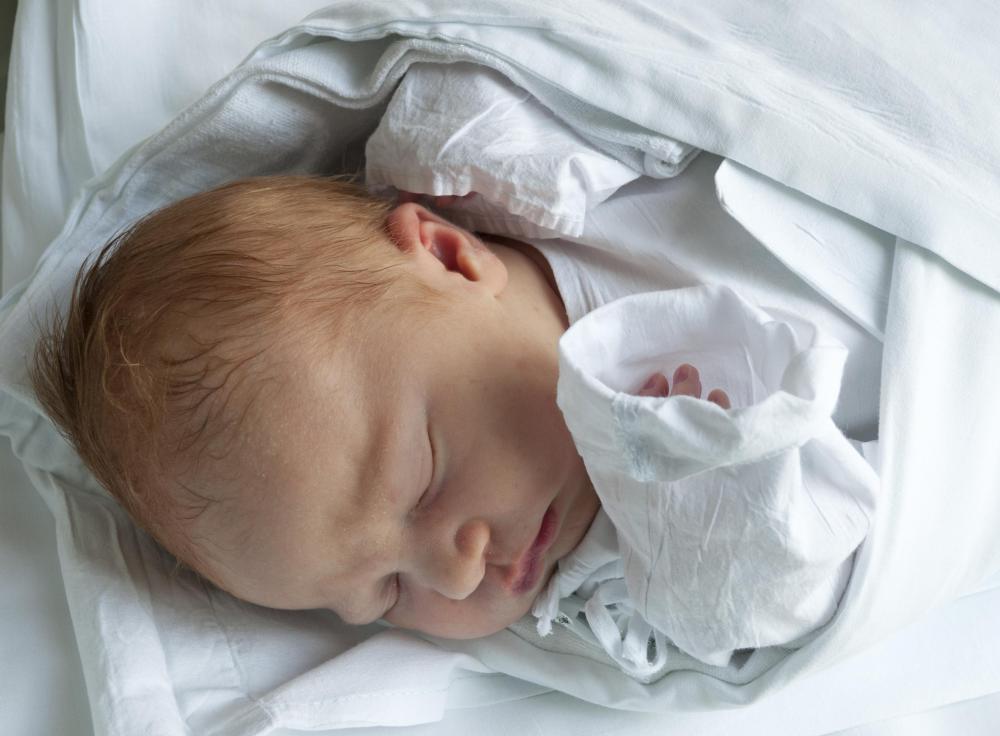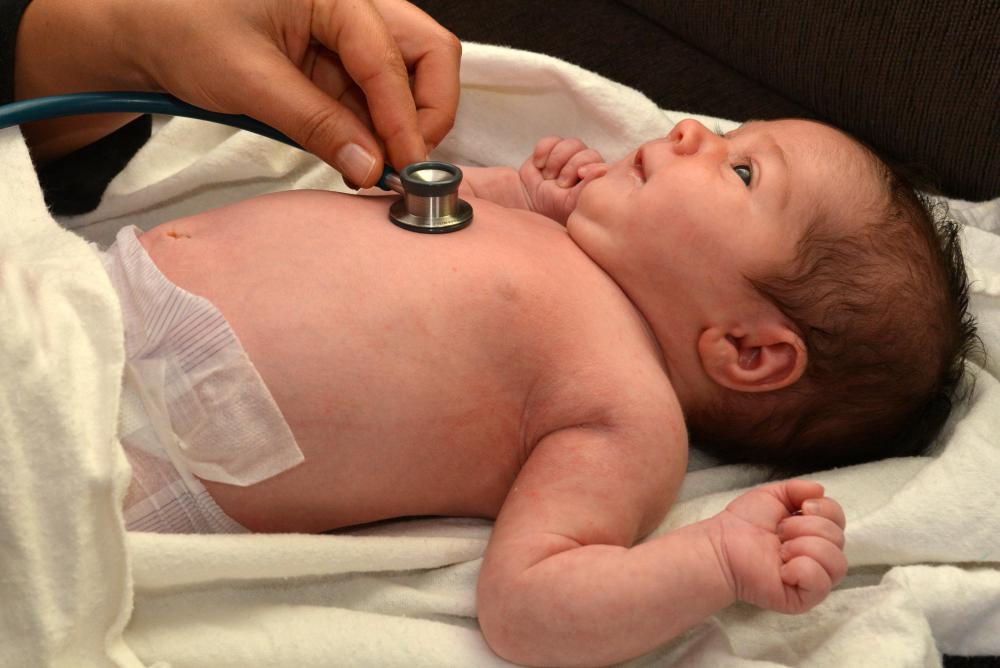At WiseGEEK, we're committed to delivering accurate, trustworthy information. Our expert-authored content is rigorously fact-checked and sourced from credible authorities. Discover how we uphold the highest standards in providing you with reliable knowledge.
What is Congenital Dysplasia?
The term “congenital dysplasia” can be used in reference to several different conditions, but people usually mean congenital hip dysplasia when they use this term. People born with this condition have a less stable hip joint which can lead to the development of medical issues. Women are about nine times more likely to be born with congenital dysplasia than men, and the condition is more common in people of Native American, First Nations, and Lapp descent.
There are several theories to explain congenital dysplasia. Some research suggests that it may be caused by alterations in the levels of the hormone relaxin. Relaxin is a hormone which weakens the cartilage in the pelvis during pregnancy to allow it to expand to accommodate the growing fetus. Exposure to high levels of relaxin in utero could lead to abnormalities in the hip joint which cause it to be unstable.

In some cases, there appears to be a clear genetic component. Abnormalities on chromosome 13 appear to be linked with congenital dysplasia, and it also sometimes accompanies other congenital conditions. In families with a history of hip dysplasia, children are more likely to have this condition. People who know that their children are at risk may want to take care to have regular medical evaluations of their children to check for early signs of hip dysplasia so that the condition can be addressed rapidly if it presents itself.

In some cases, congenital dysplasia is evident almost immediately. The baby may experience hip dislocation, or caregivers may notice that the baby's legs are sometimes at odd angles, that folds of fat on the legs are not even, or that the legs appear to be uneven in length. Once the baby starts to toddle, gait abnormalities which indicate that the hip joint is unstable can be a giveaway that the child has congenital dysplasia. If left untreated, the child could develop osteoarthritis by adolescence.

Treatment usually involves bracing, splinting, harnessing, or casting to stabilize the hip joint as the child develops, with the goal of encouraging the joint to correct the dysplasia on its own. In other cases, surgical treatment may be indicated to correct the dysplasia, or for pain management if the child experiences pain in association with the condition.
Some people do not show signs of congenital dysplasia until they are older. These individuals may be adults before they start to experience problems with the hip joint. Treatment options for adult onset variations of this condition vary.
AS FEATURED ON:
AS FEATURED ON:













Discuss this Article
Post your comments